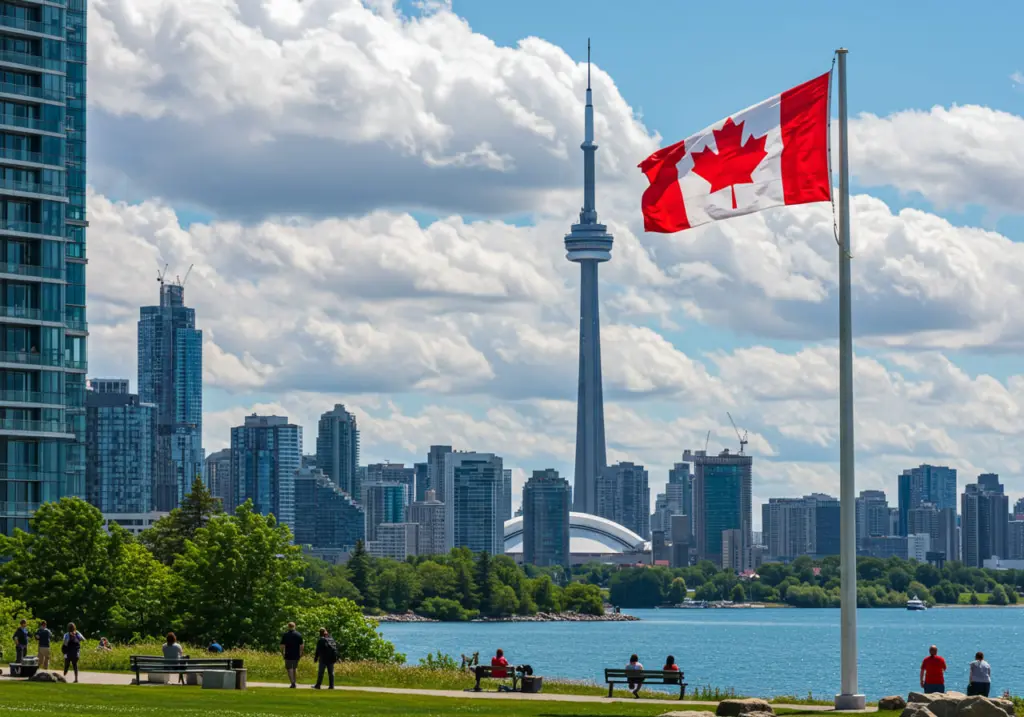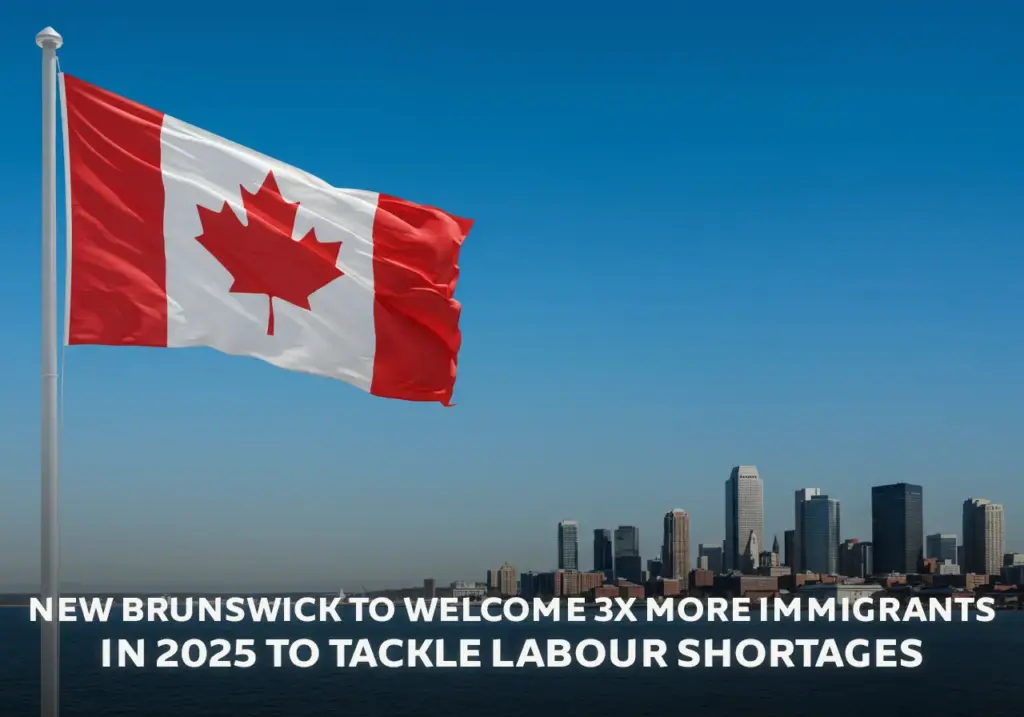Immigrating to Canada as a healthcare worker
Canada’s booming healthcare sector offers hope and promise to ambitious, skilled professionals from across the globe. With a crisis-level shortage of healthcare professionals from coast to coast, this blog will explore the process of transitioning and being recognized in Canada as a healthcare worker and obtaining licensure for employment. From how to make your way through the Express Entry system of attracting skilled workers to finding the pathway specifically designed through the Provincial Nominee Program through the latest stream designed to match regional healthcare needs, we unravel the maze for prospective healthcare workers from across the globe. Let us go deep into the pathways open for contribution to the reputed healthcare landscape in Canada—vetted to ensure a smooth transition and fulfilling career for healthcare professionals worldwide.

Immigrating to Canada as a Healthcare Worker
In this blog post, we will examine several options to immigrate to Canada for healthcare professionals from other countries.
Express Entry—Category-Based Draws
It was introduced in June 2023 for individuals who have acquired distinctive capabilities and have been employed in a specific vocation. This year, one of the targeted occupational categories is the healthcare occupation.
Express Entry—Federal
FSWP, FSTP, and CEC. These programs rank clients according to their CRS. These types of draws are open to all eligible candidates and are not exclusively for healthcare professionals.
For healthcare professionals, especially nurses, the programs to which they can apply are FSWP and CEC.
Find out if you are eligible to get in Canada →
Every Canadian province and territory operates its PNP program except Quebec and Nunavut, which have separate agreements with the Canadian government. These allow local governments to pick the candidates who can best address local labour market needs. Specifically, the examples for the following five PNP programs are dedicated to the stream for healthcare workers:
- Ontario’s Human Capital Priorities Stream
- British Columbia’s Healthcare Professional category under its Skills Immigration and Express Entry pathways
- Saskatchewan’s International Health Worker EOI Pool, which this year invited nurses
- Nova Scotia’s Labour Market Priorities Stream
- New Brunswick’s Internationally Educated Nurses (IEN)
Understanding of Accreditation for Foreign Healthcare Workers in Canada
For foreign nationals immigrating to Canada, getting an invitation is only the first step in becoming integrated into the Canadian healthcare system. Currently, all healthcare professionals from other countries should receive accreditation or licensure in the desired province or territory to work in Canada.
It’s important to highlight that the licensing and accrediting requirements for health workers differ across jurisdictions. Each province has its body that grants the license for internationally educated nurses (IENs). It’s, therefore, significant to establish the fact that any IEN that is licensed in a province might be expected to go through a licensing system afresh if they prefer relocating to another Canadian province or territory.
Overview of the Steps for Health Workers Getting to Accreditation
The process of getting your credentials granted will be somewhat different in every province in Canada, but the journey of an IEN through settling and credentialing should look very much like the following general steps:
- Contact the appropriate regulating body: IENs need to contact the regulating body of the province in which they intend to practice following their arrival in Canada. Determining the appropriate body will depend on the type of nursing license the IEN requires. A list of regulating bodies for IENs in Canada can be viewed.
- Assessment via the NNAS: In most cases, assessment by the National Nursing Assessment Service is likely to follow. The objective of the said assessment will be to confirm the qualification of a person against the Canadian standard. Successful completion of an NNAS evaluation will result in the applicant receiving an advisory form. IENs must have this form before applying to a provincial regulating body. Applicants should note that Quebec and all three territories of Canada assess their applicants internally and do not require submission of applications through NNAS.
- Apply to the Provincial Regulating Body: Once an IEN has finished an assessment and paid their fees, they need to make an application to the provincial regulating body of the province to which they plan to migrate. At this point, an IEN probably needs to meet the education requirements of the province in question. In this way, education requirements can make sure that IENs are prepared to meet licensure requirements in the region where they plan to migrate.
As one attempts to immigrate to Canada as a healthcare worker, a world filled with opportunities and difficulties, such as complex immigration processes and key licensing requirements, is opened. In this diverse learning universe, healthcare professionals will now be part of the reputable healthcare force in Canada. Professional nurses, physicians, therapists, and other allied healthcare professionals bring to the setting their unique perspectives and competencies, crafting a rich Canadian healthcare environment. As we previously mentioned, the journey consists of varied and nuanced pathways, all shared through the lens of delivering compassionate, high-quality healthcare to Canadians. Canada respects and values global health professionals by inviting them to share their knowledge and zeal for the well-being of communities across the country.











